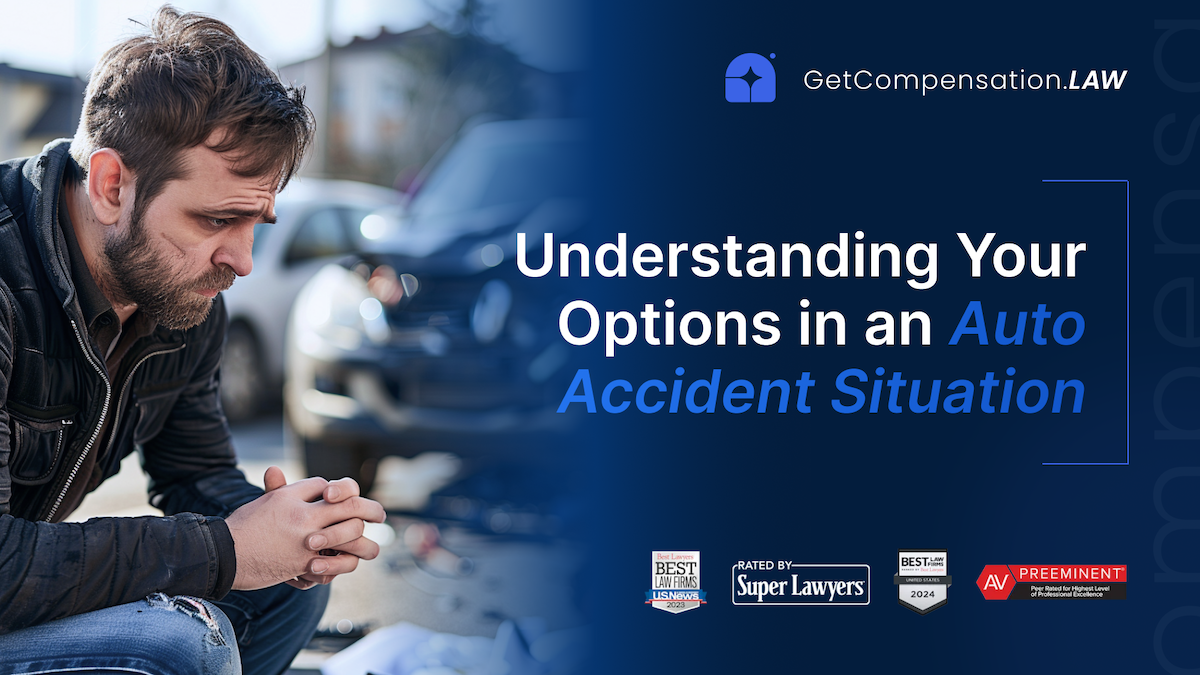
Technological Innovations Reducing Auto Accidents: A Look into the Future
Advancements in autonomous vehicles and ADAS are revolutionizing road safety, minimizing human error, enhancing connectivity, and steering us towards a future with fewer accidents.
Our Network of Attorneys Are Recognized by the Best
The landscape of automotive technology is rapidly evolving, heralding a future where road safety is significantly enhanced through innovative technologies. This article explores how advancements such as autonomous vehicles and advanced driver-assistance systems (ADAS) are setting the stage for a drastic reduction in auto accidents, promising safer roads for all.
Autonomous Vehicles: The Road Ahead
Autonomous vehicles (AVs), often referred to as self-driving cars, represent a pivotal shift in automotive technology. These vehicles are equipped with sophisticated sensors, cameras, and artificial intelligence (AI) systems that enable them to navigate roads, recognize obstacles, and make informed decisions without human intervention. The potential of AVs to reduce auto accidents is substantial, primarily because they eliminate human errors, which are the leading cause of most road accidents. By reducing factors like distracted driving, impairment, and fatigue, autonomous vehicles could significantly decrease the frequency and severity of crashes.
Moreover, AVs are designed to adhere strictly to traffic laws, maintain safe distances from other vehicles, and adjust their operation based on real-time traffic conditions. This can lead to a harmonious traffic flow, reducing the chances of congestion-induced accidents and improving the overall safety of road travel.
Advanced Driver-Assistance Systems (ADAS): Enhancing Driver Safety
Advanced driver-assistance systems are technologies that enhance vehicle safety by improving the driver's awareness of the driving environment and overall control of the vehicle. Features such as automatic emergency braking, lane-keeping assistance, adaptive cruise control, and blind-spot detection empower drivers to avoid potential accidents before they occur.
ADAS technologies work by continuously monitoring the vehicle's surroundings and providing real-time feedback to the driver. In critical situations, these systems can take autonomous corrective actions, such as applying the brakes if a collision is imminent or correcting the steering to prevent unintended lane departures. By doing so, ADAS significantly mitigates the risk factors associated with human error, fatigue, and inattention.
Integrating Connectivity and Real-Time Data
The integration of vehicular connectivity and real-time data analysis stands as a cornerstone in enhancing road safety. Connected vehicles communicate with each other and with road infrastructure through Vehicle-to-Everything (V2X) technology, enabling them to share information about traffic conditions, road hazards, and accidents. This interconnectedness facilitates a more coordinated flow of traffic, reducing the likelihood of collisions and improving the efficiency of road networks.
Furthermore, real-time data analysis can predict potential accident hotspots and alert drivers and autonomous systems to adjust their routes or driving behavior accordingly. This proactive approach to road safety can significantly diminish the chances of accidents and enhance the overall safety of the transportation ecosystem.
The advent of autonomous vehicles and advanced driver-assistance systems signifies a monumental leap forward in automotive technology, with the potential to transform our roads into safer spaces for everyone. As these technologies continue to evolve and become more integrated into the automotive industry, the vision of a future with significantly fewer auto accidents becomes increasingly attainable. Embracing these innovations could lead us into an era where road safety is paramount, and the dream of accident-free roads becomes a tangible reality.




